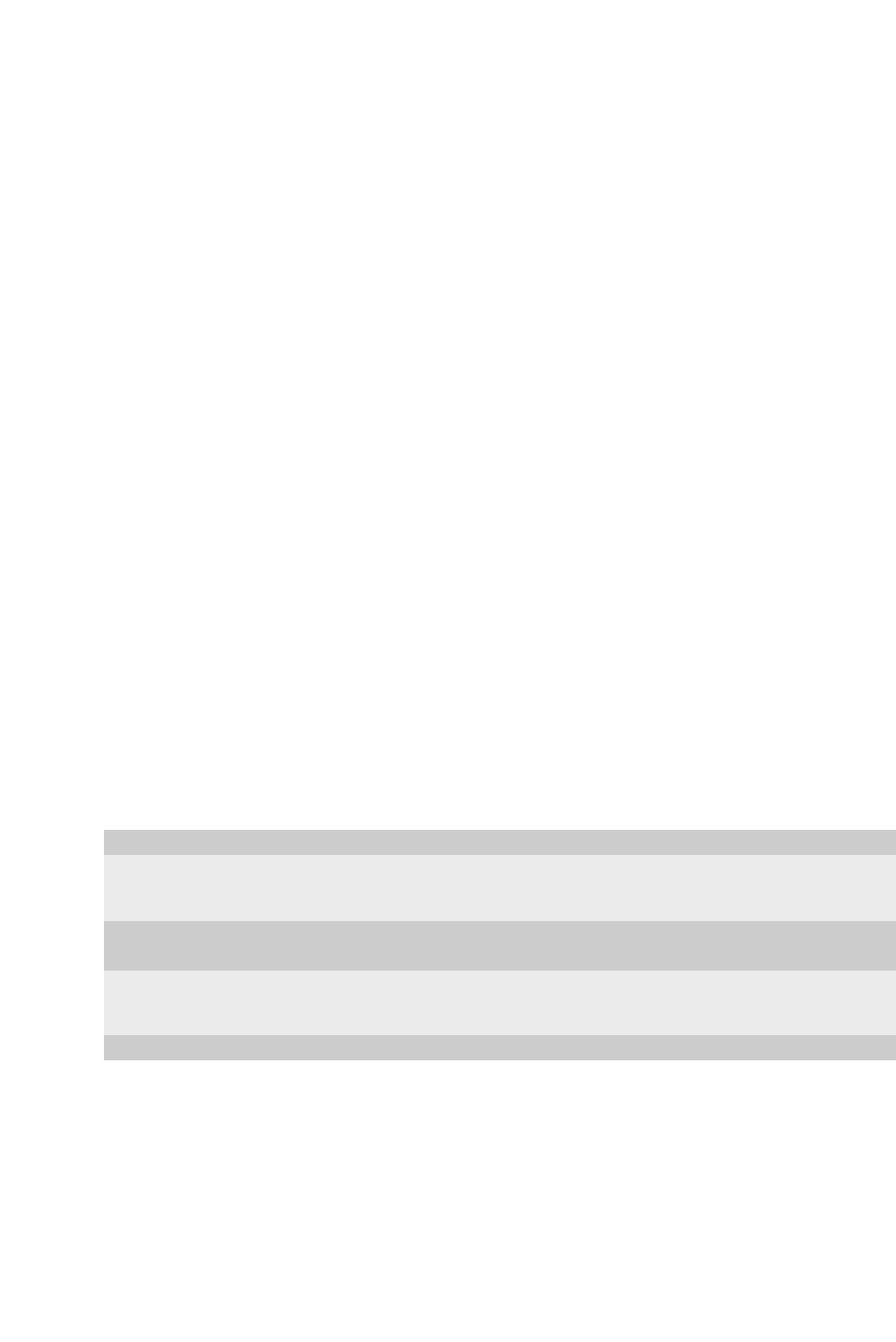
24
Pro Tube IX
DI OUT LEFT and DI OUT RIGHT sockets for
supplying a stage or studio mixing console.
TUNER OUT socket for the connection of a tuner.
When MUTE mode is activated, the unmodified
bass signal is retained here.
MONO LOOP for the serial insertion of dynamic
effects units (e.g. compressor, auto wah, etc.).
Connect SEND with the input and RETURN with
the output of the effects device.
PARALLEL STEREO LOOP: the degree to
which external effects influence the signal can be
determined with the EFF. MIX control located on
the front panel. Connect SEND with the input and
RETURN L. and RETURN R. with the outputs of
the effects device.
LO CUT switch confines the SEND output to
frequencies above 200 Hz. Modulation effects (e.g.
chorus) remain clear this way.
Note:
You can also use the RETURN sockets as LINE INs
in case you wish to operate the amplifier as a power
amp. To this purpose rotate the EFF. MIX controls
on the front panel to their full clockwise positions.
CHANNEL 1/2 FOOTSWITCH allows to
connect a footswitch for selecting between both
channels. To do so use a switch (latch) and not a
key (unlatch).
SPEAKER OUT sockets designed to supply
loudspeaker cabinets. Each channel of the 2 x 450
watts power amplifier provides respectively one
XLR and one Speakon socket in parallel. The
signal from the Speakon outputs is leaded by 1+
and 1-.
LINE OUT PARALLEL TO SPEAKER OUT
sockets allow to connect additional power
amplifiers.
BIAMP/FULLRANGE switches over between
two operation modes of the power amplifier. In
FULLRANGE mode the whole frequency range
is provided by both SPEAKER OUT sockets. In
BIAMP mode the signal is splitted by an active
crossover.
X-OVER control sets the transition frequency
between 80 Hz and 4 kHz.
STEREO/MONO switch to use the amplifier
whether in stereo or in mono.
The combination of BIAMP and STEREO
switch settings give access to different operation
modes. Signal splittings at the respective sockets
are as follows:
SPEAKER OUT A,
LINE OUT PARALLEL TO SPEAKER OUT A,
called "A" hereafter;
SPEAKER OUT B,
LINE OUT PARALLEL TO SPEAKER OUT B,
called "B" hereafter;
LINE OUT STEREO BIAMP HIGH - LEFT
and RIGHT, called HIGH L and HIGH R
hereafter, are shown in the following chart:
Balances can be determined with the respective
BALANCE controls. The right one acts on the
outputs A and B (LINE OUTs and SPEAKER
OUTs), whereas the left one regulates between
low and high frequencies in STEREO BIAMP
mode. In this operation mode whether external
power amplifiers with cabinets or active
loudspeakers must be connected to the
LINE OUT STEREO BIAMP HIGH sockets.
IMPORTANT:
The BALANCE STEREO BIAMP CONTROL
should be centered or pointing to the right-
hand range in the operation modes mono-
fullrange, mono biamp and stereo fullrange,
OTHERWISE NO SIGNAL WILL BE SENT
TO A AND B, RESPECTIVELY THE INPUT
LEVEL AT THE POWER AMPLIFIER WILL
BE TOO LOW.
Mode A B HIGH L HIGH R
Fullrange Mono Fullrange Fullrange no signal no signal
Left und Right Left und Right
Fullrange Stereo Fullrange Fullrange no signal no signal
Left Right
BiAmp Mono High Low no signal no signal
Left und Right Left und Right
BiAmp Stereo Low Left Low Right high left high right













